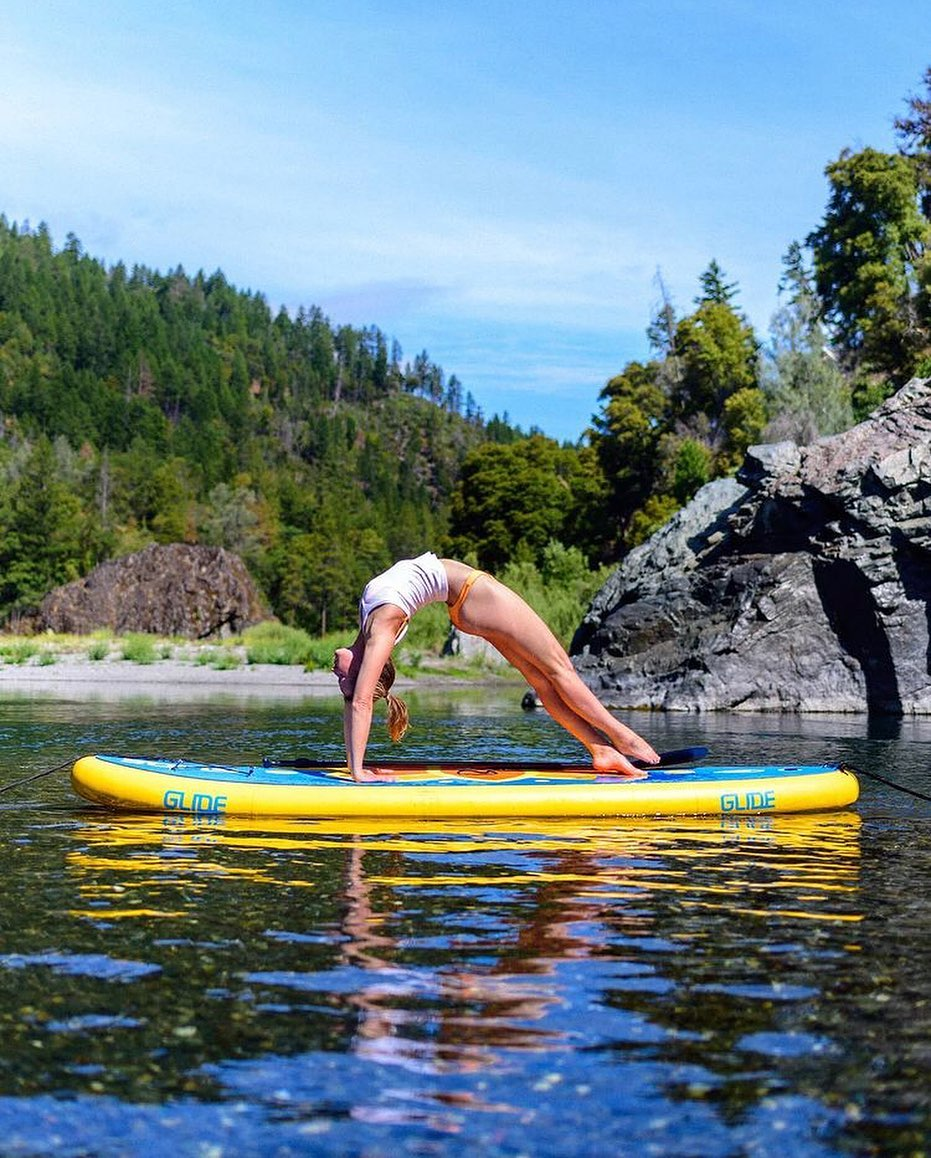
Can You Shed Pounds by Stand Up Paddle Boarding?
Find out how stand up paddle boarding can help you with your weight loss goals?
Introduction: A New Wave of Fitness

Stand up paddle boarding (SUP) isn't just an exhilarating way to traverse waterways; it's a holistic workout marvel. Offering a low-impact exercise that fires up various muscle groups, boosts heart health, and can chip away at those extra pounds, SUP is a gateway to a fitter, healthier you.
SUP: A Powerhouse of Health Benefits
Imagine gliding across the water, paddle in hand, balancing on your board. This isn't just fun; it's a full-scale workout. Here's how:
- Core Strength: The act of paddling while maintaining your stance on a paddle board is a stealthy core blaster, perfect for sculpting your midsection.
- Upper Body Workout: Each stroke works your arms, shoulders, and back, building endurance and strength.
- Legs and Lower Body: Keeping stable on the board means your legs are constantly adjusting, strengthening your lower body.
- Cardio Fitness: SUP is a heart-pumping activity that can boost your cardiovascular health, making your heart stronger and more efficient.
Paddling Your Way to Weight Loss

The magic weight loss formula is simple: burn more calories than you consume. SUP can be a significant calorie burner, with an average person burning 300 to 400 calories per hour during a leisurely paddle. Crank up the intensity, and watch those numbers soar.
Maximizing Weight Loss on Your Board
To turn your paddle boarding sessions into a weight loss journey, consider the following:
- Set Achievable Goals: Know your targets and chase them down.
- Consistency is Key: Hit the water with your paddle board regularly to see lasting results.
- Mix It Up: Introduce intervals of high-intensity paddling to blast more calories.
- Technique Matters: Refine your paddling technique for efficiency and better calorie burn.
- Diversify Your Workout: Combine SUP with other exercises to keep your body guessing and improving.
Tracking Your Journey
Monitor your progress with tools like MyFitnessPal, Fitbit, Apple Watch, Noom, and Lose It! These trackers can motivate you by showing how far you've come and how close you are to your goals.
Getting Started with SUP
New to paddle boarding? Here's how to dive in:
- Pick the Right Gear: Your paddle board should match your level and goals. Don't forget a proper paddle and safety gear.
- Learn the Basics: Get comfortable with paddling techniques and find your balance.
- Start on Still Water: Begin your adventure in calm waters to build confidence.
- Consider Lessons or Groups: Learning from experienced paddlers can fast-track your progress.
Avoid These Weight Loss Pitfalls
To ensure your paddle boarding efforts pay off, steer clear of common traps like skipping warm-ups, poor diet choices, inconsistent pacing, ignoring technique, and overtraining.
A Holistic Approach to Weight Loss
For the best results, combine SUP with a balanced diet, mindful eating, ample hydration, quality sleep, and stress management. This comprehensive strategy can help you achieve and sustain your weight loss goals.
Conclusion: Paddle Boarding – A Path to Fitness

Stand up paddle boarding is more than a sport; it's a fitness journey on water. By engaging your entire body, enhancing your heart health, and burning calories, SUP offers a unique, enjoyable way to lose weight and keep it off. With commitment and a splash of fun, reaching your fitness goals has never been more attainable—or more enjoyable.

